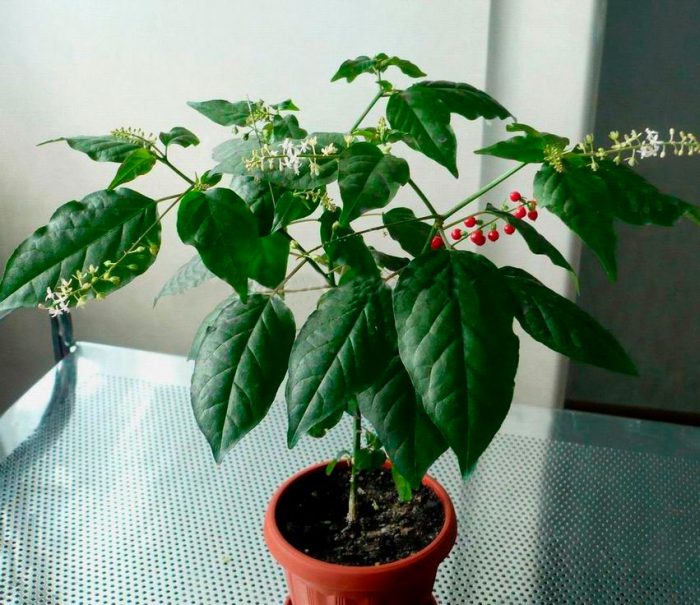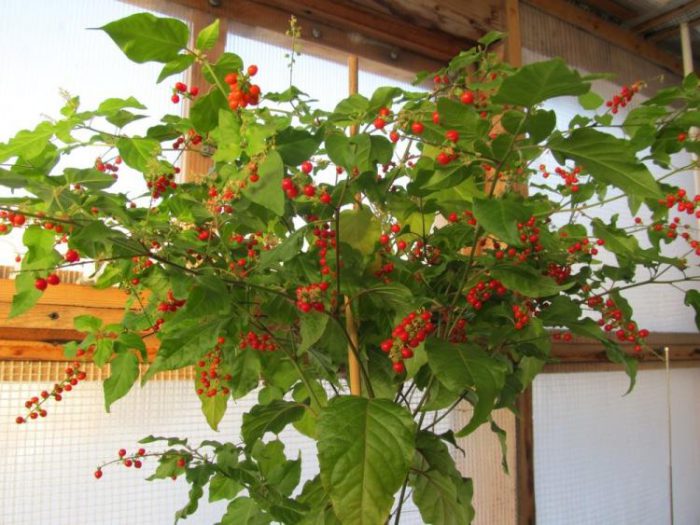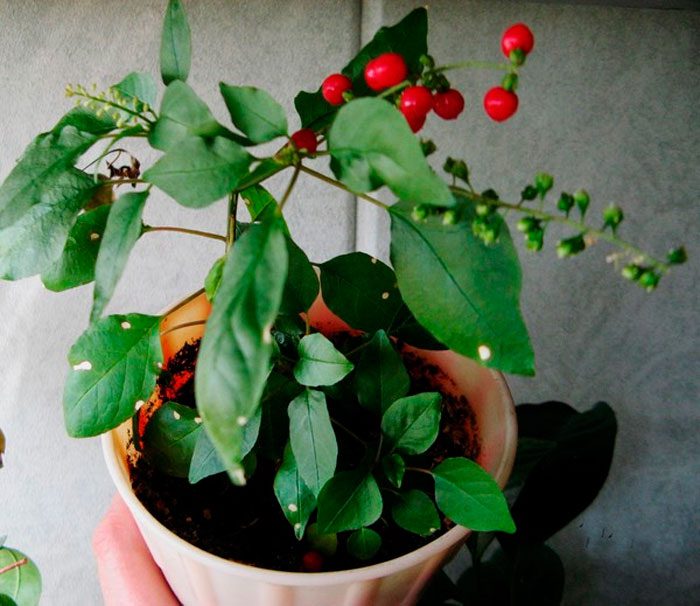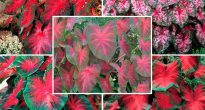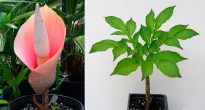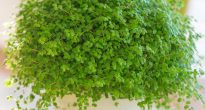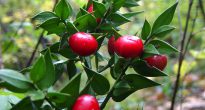Rivina Is a low-growing ornamental shrub of the Lakonosov family (Phykolaccaceae). Its homeland is considered to be the tropical and subtropical zones of America. In modern housing conditions, low rivina is grown, which attracts amateur flower growers with a large number of berries, which are literally strewn with the plant.
Rivina humilis is an evergreen semi-shrub that grows to a height of no more than 1-1.5 meters. The plant has strongly branching, poorly set, partially lignified shoots. On the shoots you can see ovoid leaves with pointed ends, 10-12 cm long and about 4 cm wide. The leaves are green with dense, short, light pubescence. Rivina blooms with small, pink-white inflorescences, which are concentrated on small clusters, up to 10 cm long. The decorative value lies in the presence of small, bright red fruits, which attracts amateur flower growers. At the same time, there are species that are able to please those around them with cherry or yellow berries.
Content
Caring for rivina at home
Lighting
Since this plant is native to the tropics, it is better for it to organize bright, diffused lighting, especially at moments when there is a lack of light at all. In such conditions, the plant can shed its berries.
Temperature
In summer, it is desirable to maintain the ambient temperature at + 20 ° C. With the arrival of winter, the temperature should be lowered to a value of + 15 ° С- + 18 ° С. At lower temperatures, rivina can shed its leaves.
Air humidity
The plant needs systematic spraying. This indicates that it is necessary to maintain the air humidity at the proper level.
Watering
With the onset of spring and throughout the summer, the rivina should be watered as the outer cover of the earth dries up. With the arrival of autumn, watering decreases, and with the arrival of winter, moisture is limited, especially if the flower hibernates at low temperatures.
Fertilizers
During the period of vigorous growth (from spring to autumn), the flower is fed regularly, twice a month. At the same time, preference should be given to dressings intended for decorative deciduous plants. In winter, when the flower is resting, it does not need to be fed.
Transfer
Every year, with the arrival of spring, rivina is transplanted into containers that are slightly larger in volume. It should be borne in mind that she prefers tight containers. In such conditions, it develops better, blooms and bears fruit.The soil is prepared from a combination of leafy, turfy and humus land in equal proportions. A drainage should be placed in the container to drain excess moisture.
Pruning
With the arrival of early spring, the flower is rejuvenated. With the help of pruning, the general appearance of the bush is formed. Pruning is also needed because only young shoots bloom and bear fruit.
Reproduction
Rivina is bred using seeds or apical cuttings. The most acceptable option is rooting cuttings in the traditional way.
Diseases and pests
Rivina is a fairly resistant plant against diseases and parasites.

